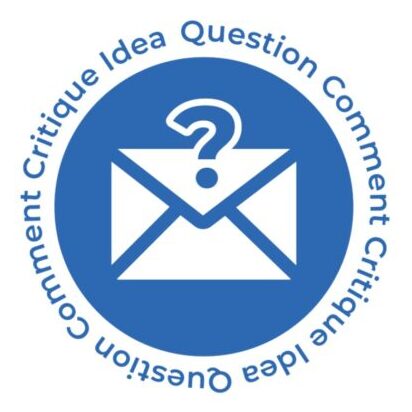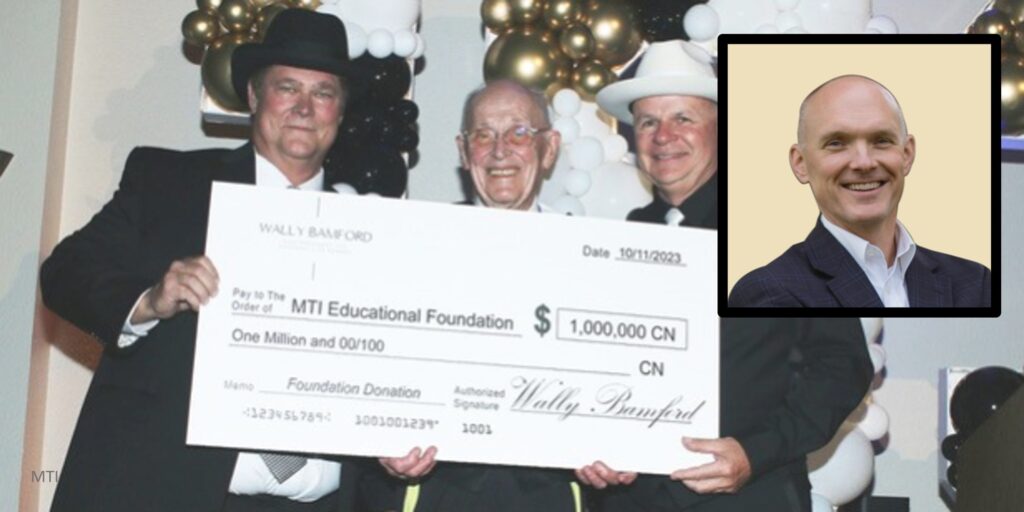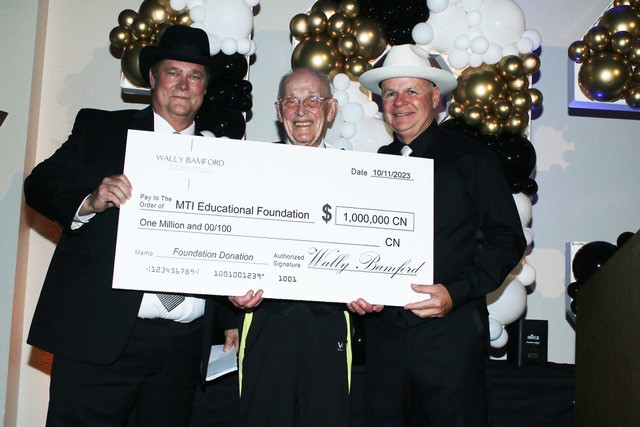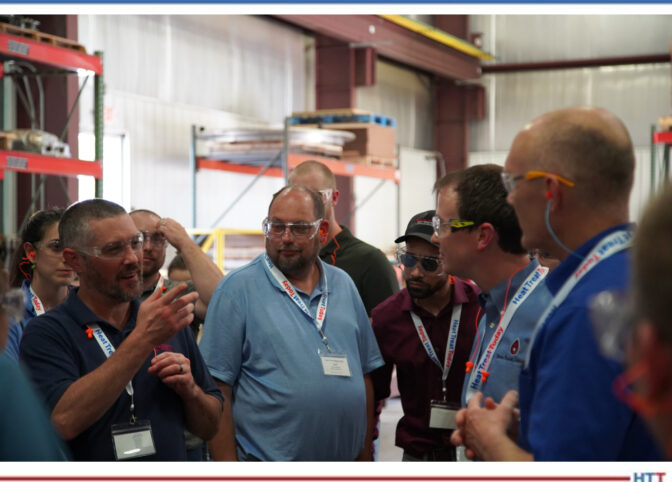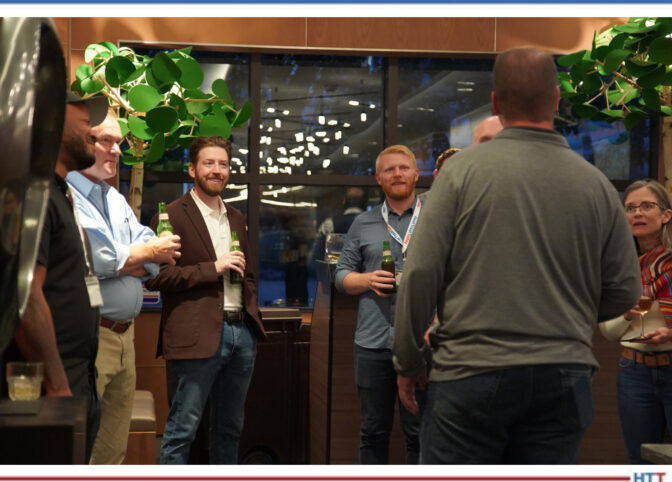Resounding Success: Heat Treat Boot Camp 2024

Heat Treat Today publishes eight print magazines a year and included in each is a letter from the publisher, Doug Glenn. This letter first appeared in the December 2024 Medical & Energy Heat Treat print edition.
Feel free to contact Doug at doug@heattreattoday.com if you have a question or comment.
If you’ve been thinking of sending someone, including yourself, to Heat Treat Boot Camp, this column should help motivate you to pull the trigger for 2025.
On September 23–25 of this year (2024), 40+ individuals gathered at the DoubleTree Hilton Pittsburgh Downtown and experienced the 3rd Annual Heat Treat Boot Camp together. By all measures, it was a resounding success. Here’s why.
The Content

The foundation of the event’s success is the information provided in seven different and intensive presentations by Thomas Wingens, of WINGENS CONSULTANTS — Material and Thermal Processes, and me. The presentations cover the following in language intended for newcomers to the industry:
- Heat, Markets, and End Products
- Heat Treat Processes & Materials, Part 1
- Heat Treat Products (e.g., furnaces, induction equipment, etc.)
- Heat Treat Processes & Materials, Part 2
- Heat Treat Players (the companies that make the products)
- Heat Treat Latest Developments
- Heat Treat Resources (for continual and continuing education)
These seven presentations are presented classroom style for a full 1.5 days and really serve as the core of the boot camp’s success. Each attendee goes home with a handy resource manual which I’ve been told by several of the attendees stays on or near their desks and is referenced weekly.
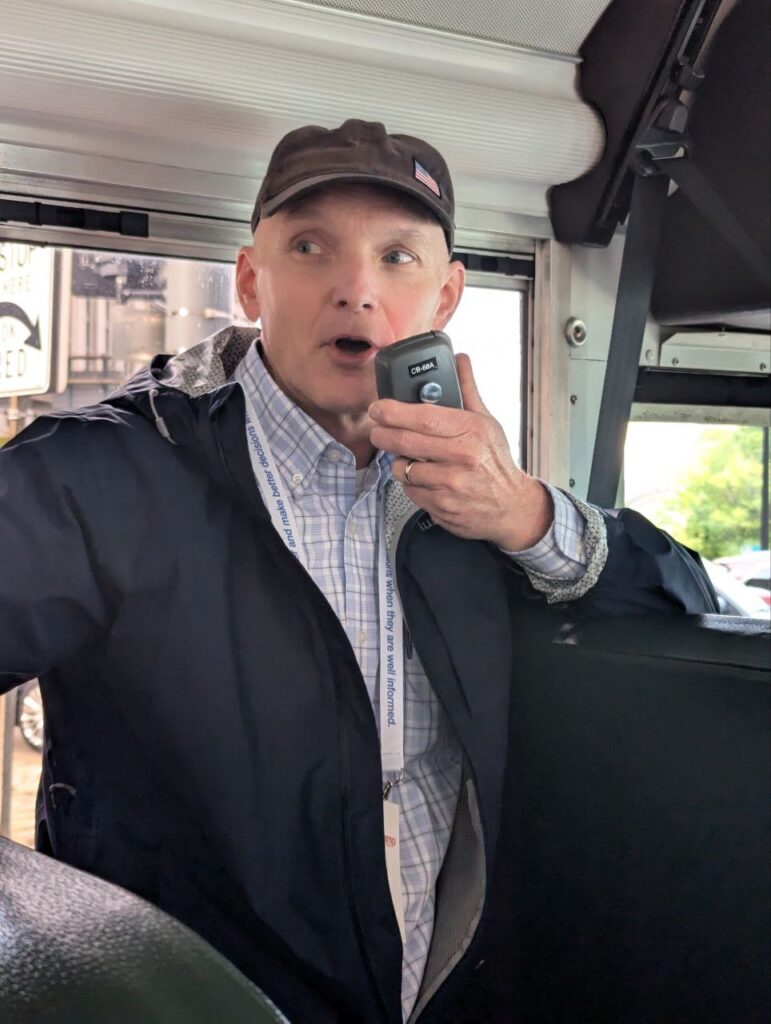
Given the fact that Heat Treat Today publishes believes people are happier and make better decisions when they are well informed, it is no surprise one of the primary reasons that the boot camp is successful is the content provided. While nearly all of Heat Treat Today’s publishes content is targeted at professionals working for in-house heat treat operations, Heat Treat Boot Camp content is one exception where the content is more specifically targeted at industry suppliers. The content is intended to help newbies to the industry gain 2+ years of industry knowledge in two days.
But it’s not just about the content.
The People, Networking & Relationships
Speaking for myself, one of the most satisfying parts of the boot camp is seeing the personal relationships that are developed and grown during the two-day event. There is a lovely mix of eager learners including a spattering of captive heat treaters (individuals from companies that do their own in-house heat treating), commercial heaters, and suppliers to the industry. The interaction between these three groups of attendees and the Heat Treat Today staff and speakers is remarkable, and according to numerous comments in the largely positive feedback forms received at the end of the event, it is one of the most beneficial aspects of the event.
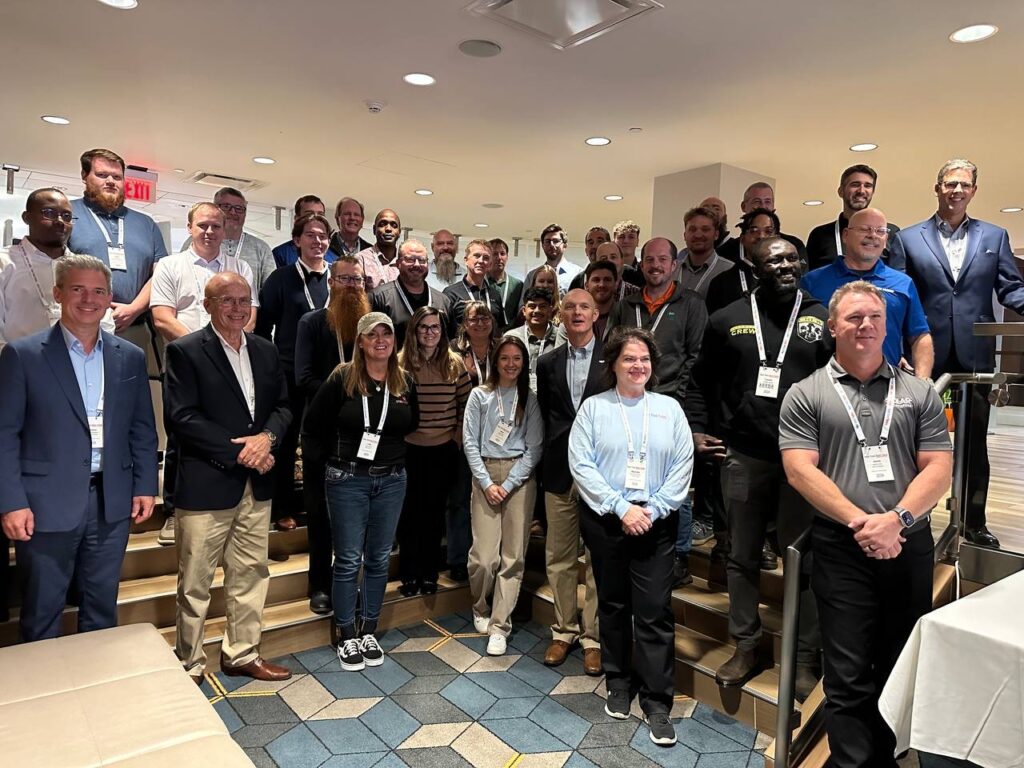
Knowing that people talking to people is one of the most important things that will take place at this event, we’ve made a point to provide plenty of time for these interactions … mostly around food! Boot camp starts on a Monday evening with an opening reception with some excellent heavy hors d’oeuvres and drinks. The atmosphere is casual and engaging and there are ample opportunities to meet fellow attendees.
There is also a good bit of relationship development going on during our “field trip” at the end of the first full day (Tuesday) when we jump on a school bus (yes, an actual yellow school bus!) and make our way over to one of Pittsburgh’s iconic sites, the Duquesne Incline, where we all ride the Incline to the top of Mt. Washington and literally look down on the city of Pittsburgh — one of the most spectacular sights of any city in the U.S.A.
At the end of the 1.5 days of classroom instruction, there is an optional commercial heat treat plant tour where additional networking and relationship developing takes place.
This year we did something new that also proved to be great for networking. Roughly a dozen supplier companies opted to help sponsor the event. These sponsors had small tabletop displays and the conversations around those tables during breaktimes were energetic, and from feedback comments, very productive and beneficial to both sponsor and attendee.
Boot Camp 2025
The dates and location of the 2025 event have not been nailed down as of this writing, but please keep your eyes open for the announcement of that information and please feel free to visit heattreatbootcamp.com. Sincerely hope to see you at the 2025 event.

Publisher
Heat Treat Today
Contact Doug Glenn at doug@heattreattoday.com.
Find Heat Treating Products And Services When You Search On Heat Treat Buyers Guide.Com
Resounding Success: Heat Treat Boot Camp 2024 Read More »












